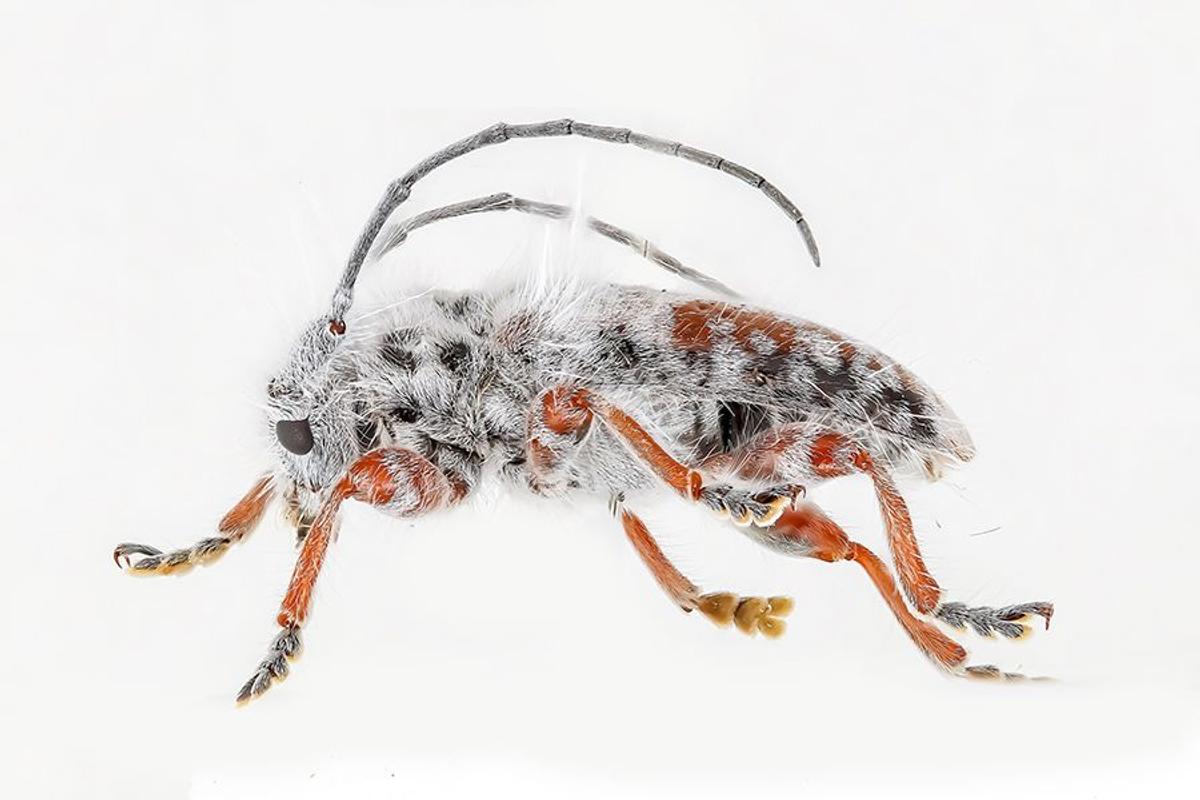Science and Engineering News
Ms Wendy Macdonald

Science and Engineering News
Ms Wendy Macdonald
From Year 11 UQ Science Ambassador - Cullen Fitzgerald
Last Saturday, nine Chemistry students took part in the Royal Australian Chemical Institute’s (RACI) titration competition, which combined precision with a vast understanding of the chemistry involved. At its core, the titration competition aimed to challenge the competitors with finding the concentration of an acid given only its volume in millilitres, and the moles (amount) and volume of the base it reacted with. Once that was found, a second titration needed to be done to calculate another acid’s amount, all while competing against other schools in Brisbane.
Taking part at UQ, the competition spanned 2 hours, in which 8 titrations and multiple calculations were undergone, leading to a tense announcement of results. The competition was team based, as the results of everyone in your team combined to form your final result, versus all of the other teams present on that day. Congratulations to the following boys who took part in the titration competition:
Team 1 – Year 11
Team 2 – Year 11
Team 3 – Year 12
Thank you to the Science Department for allowing this wonderful opportunity to happen by providing the lab equipment needed, and especially to Ms Dekkers for organising the event and coaching the teams. This competition is annual and is open to any chemistry students from Years 10-12 with a passion for Chemistry and titration, so if you’re interested in venturing down to UQ for the day and seeing how you’ll do, don’t be hesitant to give it a go; you won’t regret it.
From Year 11 UQ Science Ambassador - Max Gallagher
Another interesting event that happened at the Science Centre last weekend was the Head of College Tours, which took place on Sunday. During these tours, many experiments were conducted to show potential students what the Science & Engineering department at Marist has to offer.
Specifically, the incoming students were shown an elephant’s toothpaste reaction, an iodine clock reaction, an air vortex cannon, and a Van De Graaff generator. This engaging and hands-on approach to learning not only demonstrated the practical applications of scientific theories but also sparked a sense of wonder and curiosity among the potential students. These experiments were conducted by Marist students in Year 11 who have a specific interest in science and have thus become science ambassadors.
This shows off the wealth of technological and scientific resources available at Marist for students to utilise in their learning. Thanks go to the following science ambassadors for running the experiments shown to the incoming students:
A further thanks must go to the entire department for making the day possible, especially to Ms Macdonald and Mrs Valer for helping set up the experiments alongside the ambassadors.
From Max Gallagher and Cullen Fitzgerald


A remarkable new genus of fluffy longhorn beetle, named Excastra albopilosa, has been discovered by James Tweed, a PhD candidate from the School of the Environment at The University of Queensland. The discovery was made while camping within the rainforest in the Gold Coast hinterland.
The beetle, measuring 9.7 millimetres, is a striking red and black beauty covered in long white hairs. Initially, Mr Tweed nearly mistook the beetle for bird droppings. After failing to find a match for the species in books, scientific papers, and online, he reached out to experts at the Australian National Insect Collection (ANIC) in Canberra. It was confirmed that the beetle was not just a new species, but also a new genus.
The genus name, Excastra, is Latin for ‘from the camp’, and the species name, albopilosa, translates to 'white and hairy’. The purpose of the beetle’s hairs is still unknown, but it’s theorised that they might make the insect appear as if it’s been killed by an insect-killing fungus, possibly deterring predators.
Despite the area near Lamington National Park being popular with entomologists for over 100 years, this species had not been discovered until now. This highlights the potential number of unknown species out there, many of which could be under threat from extinction.
Mr Tweed emphasised the importance of recognising and studying insects, as they are the most diverse group of animals on the planet but are also the most underappreciated and understudied. It’s estimated that there may be 5.5 million insect species worldwide, and only one-fifth of these have been named and described.
To find out more about this fascinating discovery, the article can be found at: https://stories.uq.edu.au/news/2024/chance-sighting-reveals-new-species-of-fluffy-beetle/index.html.